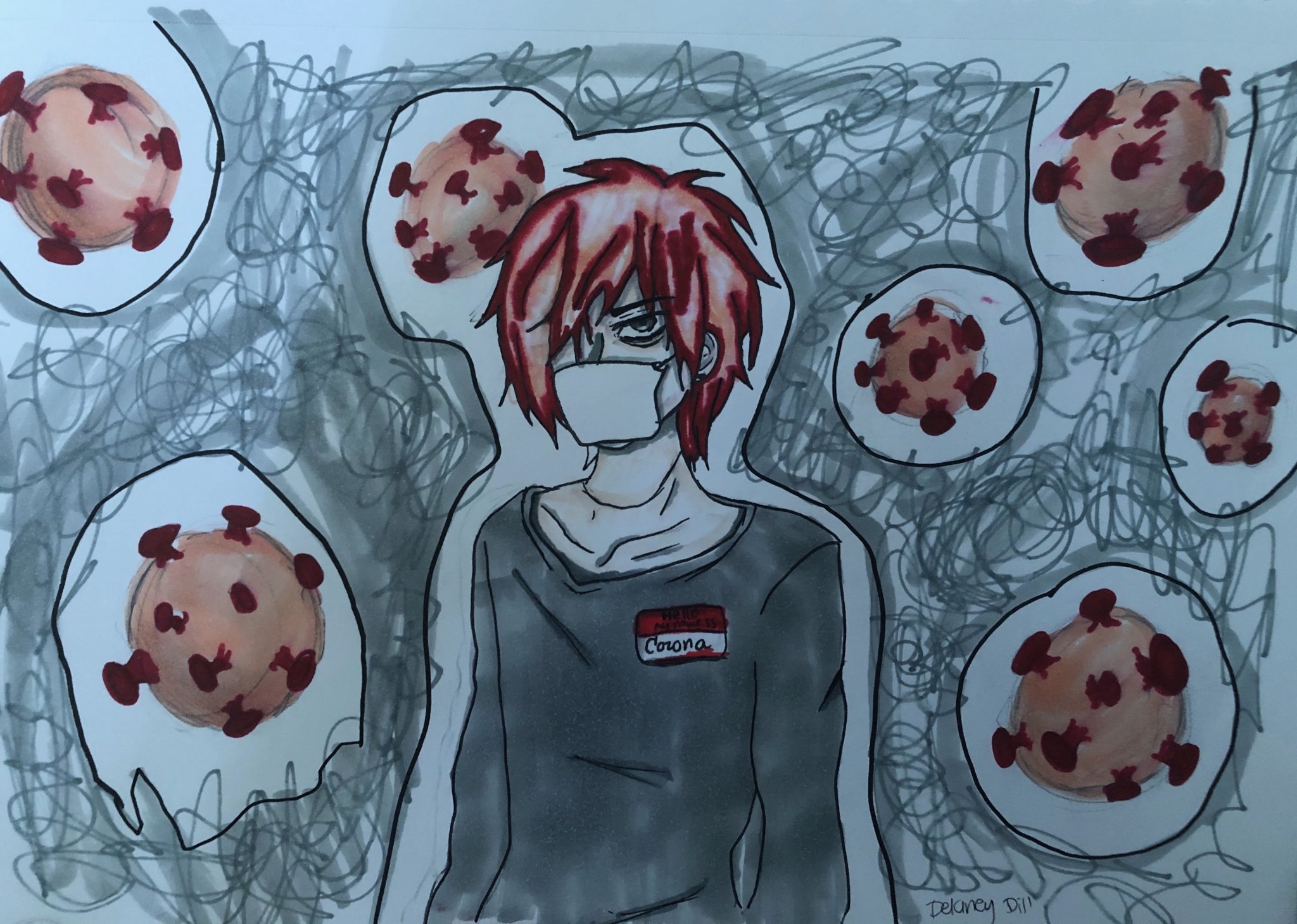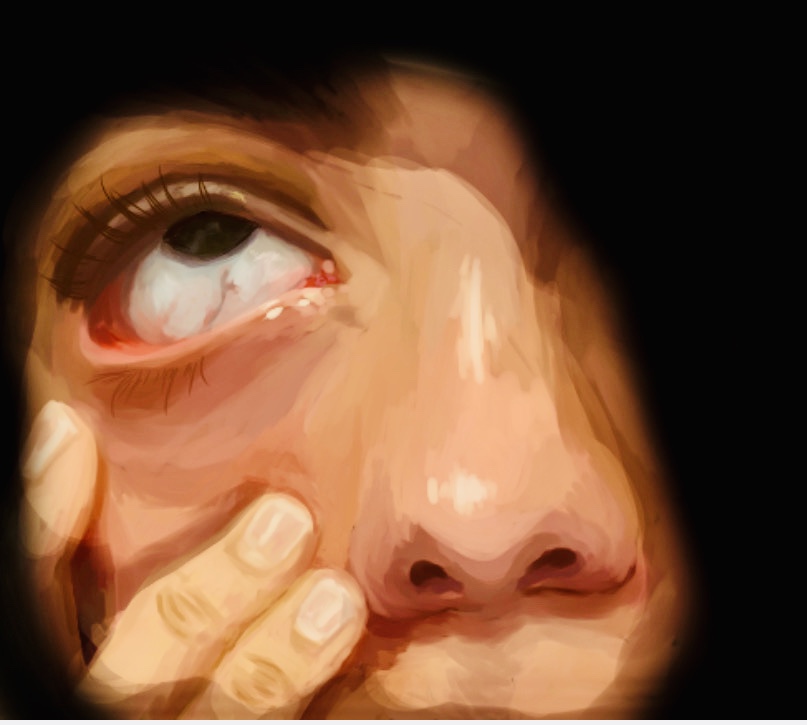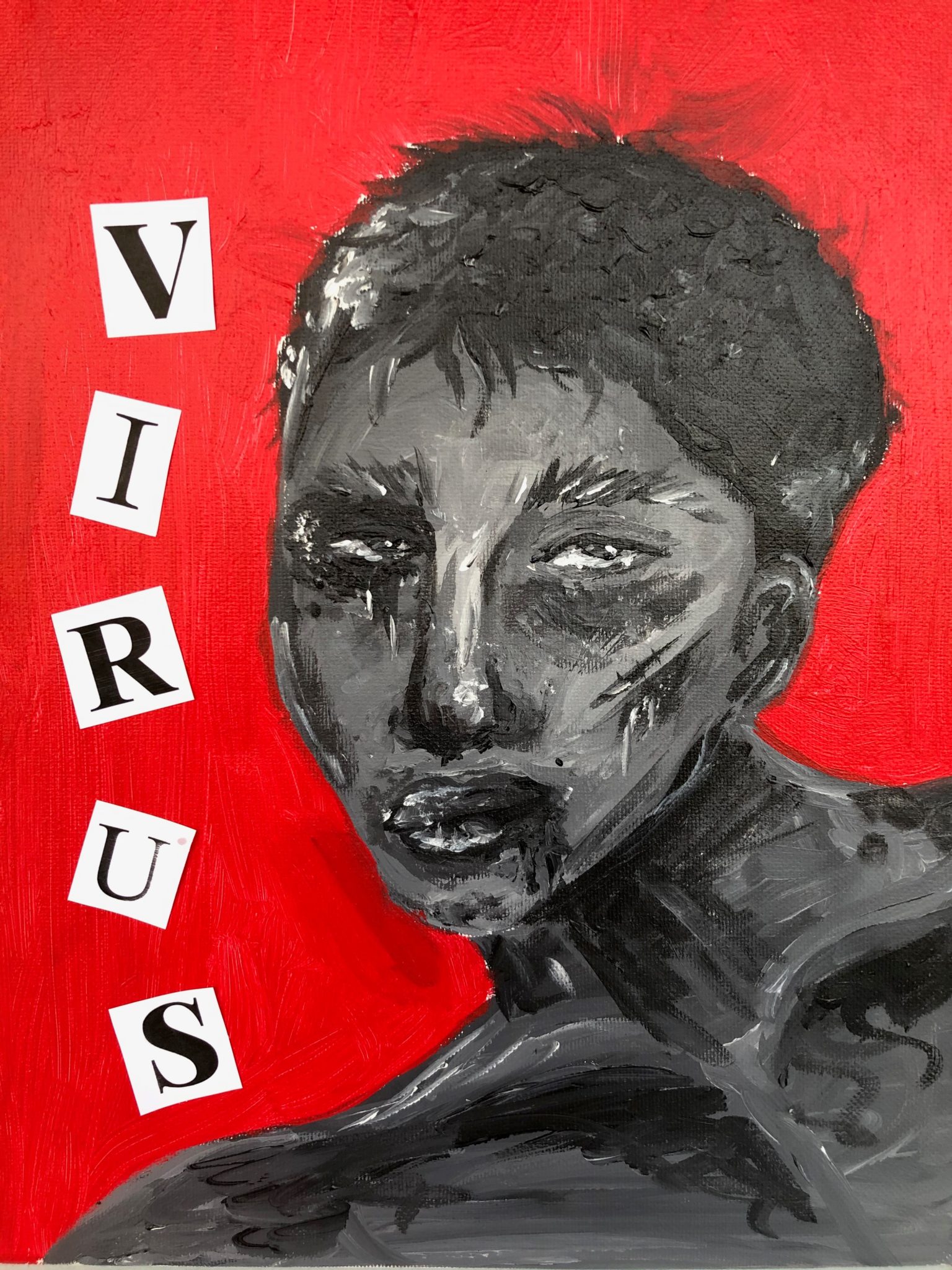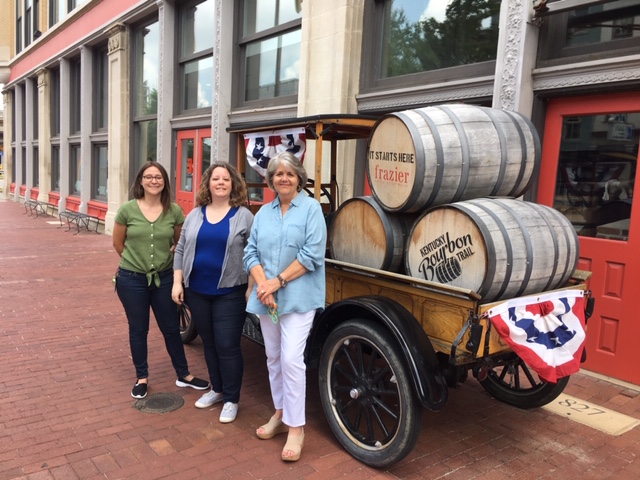At what point does history become historic? When present day clashes with history, when is it appropriate to observe such recent events through the lens of history? These are just a couple of questions the staff members at the Frazier History Museum were faced with during the downtime caused by the coronavirus scare earlier this year.
Just like other major cities such as Paris and New York, Louisville felt the impact of the pandemic, with its mom-and-pop shops closing by the dozens, thousands of its citizens having to file for unemployment, and students of every grade unable to take part in the most memorable parts of their educational and extracurricular experiences.

With virtually the entire city closed down, major and beloved landmarks were forced to rethink their business approaches moving forward in a post-pandemic world. But just how does a history museum plan to move forward when so much of its operation is focused on looking back? The folks at Frazier weren’t deterred. They put their downtime to good use, and immediately began collecting items for a time capsule to be observed by future generations in order to preserve this unprecedented time in history. The call for submissions didn’t go unheeded. By mid-June, Frazier had already received 500 pieces of artwork, poems, and videos all dedicated to memorializing these strange times. The pieces that will not end up on display, physically or virtually, will be donated to the special collections and archives section of the University of Louisville, with which Frazier is in partnership.

Though the staff at Frazier wants to remain sensitive regarding when to display the Coronavirus Capsule exhibit, they had to contact everyone they could for submissions while the topic remains timely.
Through the exhibit, patrons will “see how pop culture has responded, what students, adults and companies have had to do, and how we pulled together,” explains Tish Boyer, the collections manager at Frazier, as she laughingly holds up her favorite item, a T-shirt that says, “Y’all can’t be doing that” – a testament to how well Louisville has fared during the pandemic compared to neighboring states.
Among the physical submissions in Frazier’s storage room are pictures drawn by the daughters of museum President Andy Treinen, as well as a jug provided by a distillery and filled with hand sanitizer.

Some submissions aren’t so humorous or lighthearted. Much of the artwork provided by children comes across as haunting and somewhat disturbing, as it is a reflection of how kids envision the invisible coronavirus. The images often take on the physical form of a monster, or fire, or spiky, red, chocolate chip-looking viruses hovering around scared and isolated people.
Oftentimes the story behind a submission can be just as sobering, like one from Danielle Waller, a second-grade teacher from Dunn Elementary. She wrote “The Lost Goodbye,” a story about the day she and her students didn’t know would be their last day at school for the year. Seven of her students provided the illustrations.
A painting by Kaley Stamp, a student from Mercy Academy, depicts her brother Zachary, a senior at Trinity High School, in a suit and tie with a face mask covering his mouth and nose. The words he’s carrying on his shoulders? “Class of 2020.”
One harrowing piece of artwork is from a young Asian-American woman from Manual. It is a depiction of a tormented Asian face with the letters V-I-R-U-S dropping down the side of the portrait, like letters cut out from a magazine. The artist, Piper Shiflet, talks about how she, as an Asian-American, was bombarded by hateful and racial messages online. She’s not angry, but it does hurt.
“I’m hoping people will see this piece, recognize the emotion, and realize that through this pandemic, we should
become better people, support our communities, and understand that a stereotype isn’t a perfect depiction of a person,” Shiflet says. “I hope people will learn to stick together through COVID, regardless of race.”
Recording history in the making has become therapeutic for many people who have submitted their artwork. One student even resumed his passion for drawing in order to help him weather the storm of loneliness.
During typical exhibit planning there isn’t much material to wade through, but the museum is receiving an overwhelming amount, much of which is in storage. When asked if it was difficult to choose pieces for display, Amanda Briede, the museum’s curator, says the staff mostly agreed on the choices, and tended to make their selections based on what best expressed what they were dealing with.
“You can’t judge a five-year-old the same as adults,” adds Rachel Platt, director of community engagement. “Much of the artwork from children sticks with you because of how scary their representation was of the virus.”
The Coronavirus Capsule exhibit is projected to run for about one year, like other exhibits. The staff members at Frazier don’t want to put the display up too soon, so as not to upset or provoke unwanted feelings since the pandemic has affected so many people negatively.
“Frazier has taken really good steps to reopen to make sure that everyone is in a safe, clean environment,” Boyer adds.
You can find many of the virtual submissions for the Coronavirus Capsule online at Fraziermuseum.org. Click on Learn & Play, and find the submissions broken up into four categories: Written Word, Photos & Artwork, Videos, and Class Projects.
The Frazier History Museum is located at 829 West Main Street in Louisville. For more info, call 502-753-5663 and visit fraziermuseum.org.
Writer / Andrew Toy
Photography Provided






